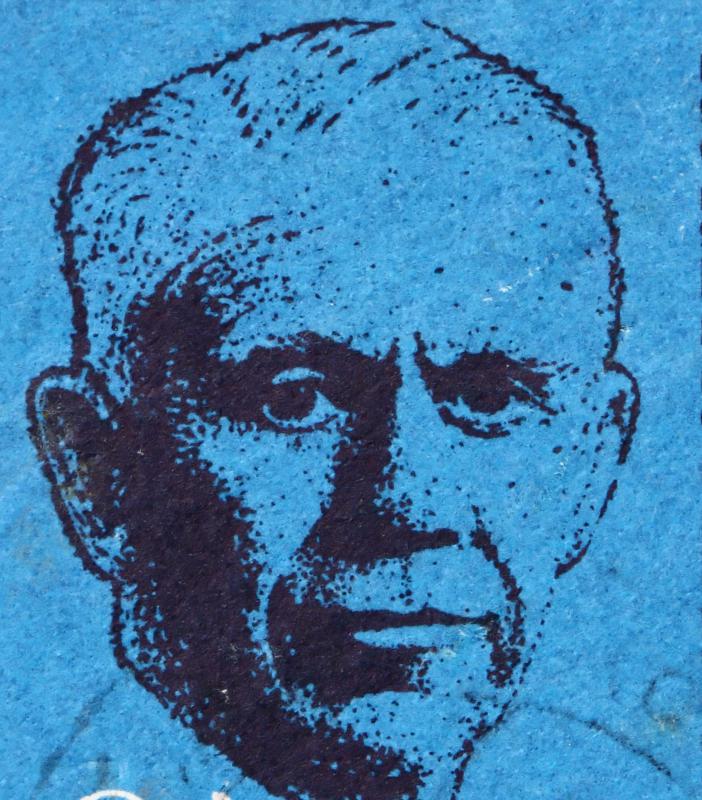At WiseGEEK, we're committed to delivering accurate, trustworthy information. Our expert-authored content is rigorously fact-checked and sourced from credible authorities. Discover how we uphold the highest standards in providing you with reliable knowledge.
What is the Bretton Woods Agreement?
The Bretton Woods Agreement established a financial structure for international monetary exchange between nations after World War II. Some major systems and organizations that were created as a result of this agreement include the International Monetary Fund (IMF), International Bank for Reconstruction and Development (IBRD) — a predecessor to the World Bank — and the system of global exchange rates. While the Bretton Woods Agreement was significant because it involved the cooperation and commitment of many nations, it would later fail, in part because of the lack of understanding of the changing nature of global markets.
Convened in 1944 in Bretton Woods, New Hampshire, the Bretton Woods Conference set out to rebuild countries that had been damaged by World War II. The 44 nations involved also hoped to stabilize the monetary system and revitalize world trade, which had declined because of the war and the earlier Great Depression of the 1930s. These problems led to the formation of a monetary exchange rate fixed or "pegged" to gold to determine the value of currency used in international trade.

Each country represented at the Bretton Woods conference agreed that the value of gold would determine how much each nation’s currency would be worth. All of the countries involved decided to base their currency on the dollar, which was valued at $35 per ounce of gold. Pegging the value of currency to gold essentially limited the money supply to the amount of the world’s gold reserves, thus creating a seeming stability. The IMF was to act as the moderator for trade and gold value imbalances between nations.
The United States held the majority of the world’s gold reserves and was the dominant economic power, so it played a prominent role in influencing other nations to accept the Bretton Woods Agreement linking the value of currencies to gold through the U.S. dollar. The United States also had the lead position because it avoided the infrastructure devastation that occurred in Europe during the war, and because of the mass industrialization required to supply war armaments. Fixing the devastation in Europe would end up requiring greater resources than those provided by the Bretton Woods Agreement, resulting in the creation of the European Recovery Program, also called the Marshall Plan.
Problems arose with the Bretton Woods Agreement when the need for capital by a war-ravaged Europe and Third World nations outpaced America’s gold reserves. Gold’s value on the open market was also often different from the fixed exchange rate of $35 an ounce still used by central banks. To supply the world with needed capital, the number of dollars had to increase because mining additional gold reserves was not adequate. This oversupply of the U.S. dollar weakened its value. The United States dropped the gold standard in 1971 and the Bretton Woods Agreement was eventually replaced with currency valuations based on market rates.
AS FEATURED ON:
AS FEATURED ON:











Discuss this Article
Post your comments